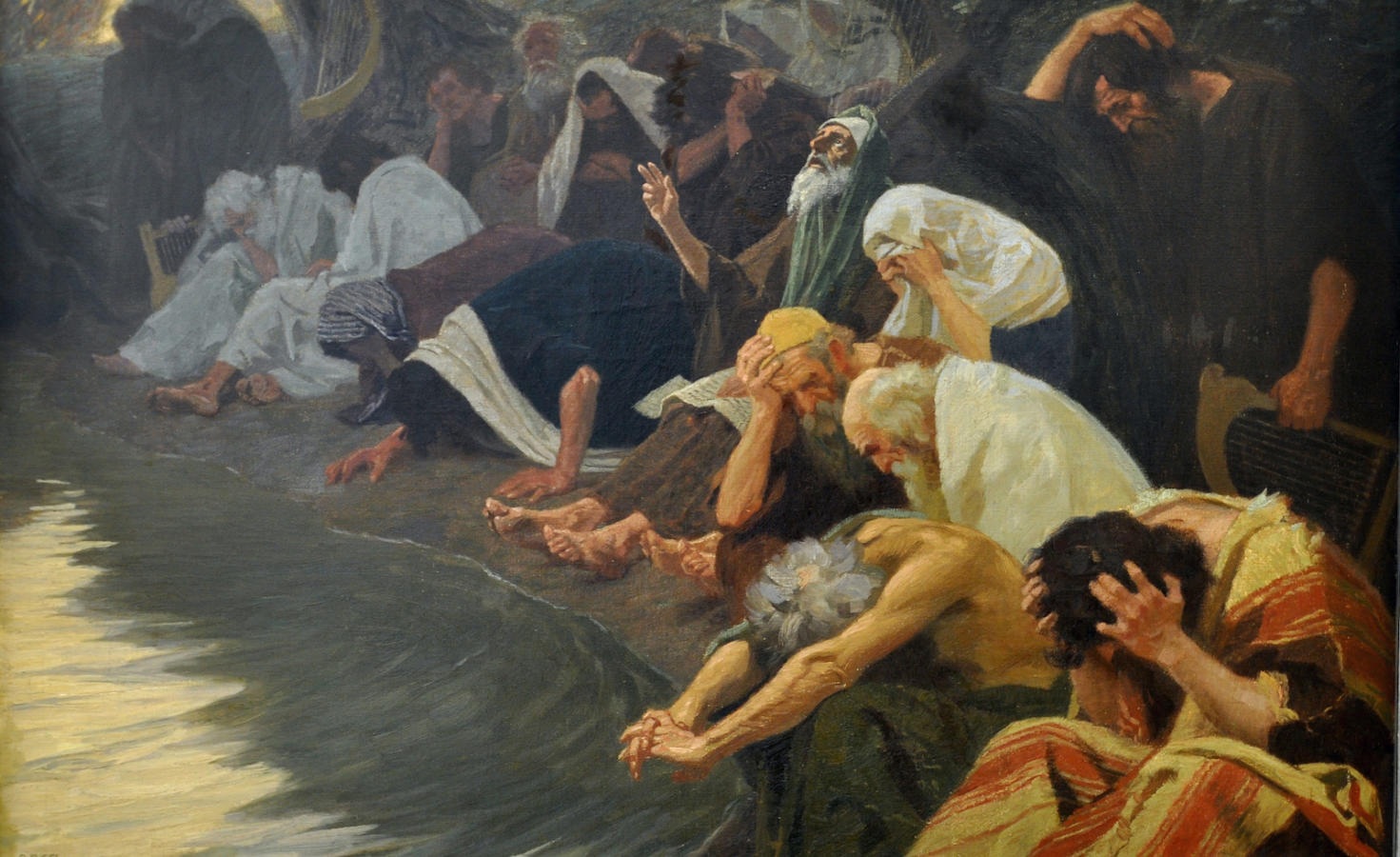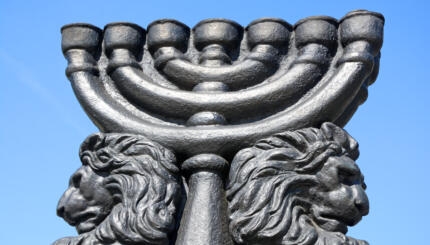The Book of Lamentations – known in Hebrew as Megillat Eicha — was written in response to the calamity that befell Judea in 586 BCE, when the Babylonian Empire destroyed Jerusalem and exiled its inhabitants. However, Eicha is not an historical account of the events. The book laments the pain of a nation and evokes the theological nuances that accompany the attempt to grapple with catastrophe. The result is a work of literary art that is astonishing and vivid in its portrayal of the human struggle with God.
Troubling theological questions simmer beneath Eicha’s surface. These questions relate to God’s nature and to the manner of the relationship between the community and God. Can humans understand God’s ways? Is God an ally or an enemy? Are the people’s sins responsible for the calamity or is it disproportionate and unjust? Is the nation defiant or remorseful? Ashamed or outraged?
These are the critical topics in the book, illustrating the intersection between emotions and theology and outlining a blueprint for coping with pain and loss.
The structure of the book both reflects and encourages theological complexity, offering two divergent approaches to suffering. In one approach, humans come to terms with God’s actions and recognize God’s justness. In the other, humans resist reconciliation and maintain a defiant posture of incomprehension and outrage.
With your help, My Jewish Learning can provide endless opportunities for learning, connection and discovery.
The first approach is reflected in the book’s first and last chapters, which focus on procuring an admission of culpability from the nation. These chapters struggle with suffering — but they also struggle with sin, with the guilt and shame that accompany a confession. In the first chapter, Jerusalem acknowledges God’s righteousness and declares that the destruction occurred “because of all of my sins.” Similarly, Chapter 5 progresses toward an assumption of responsibility, with the community finally proclaiming, “Woe to us for we have sinned!” These chapters arrive at a measure of theological equilibrium, regarding sin as the cause of suffering and concluding that the world makes sense and God is just.
Chapters 2 and 4 suggest quite the opposite. Guiltless children die alongside their righteous leaders and anger is directed toward God, who lobs punitive actions angrily and disproportionately. These chapters depict the incomprehension of humans who struggle with God’s active role in their suffering. If the peripheral chapters of the book project some measure of comprehension, these chapters reflect bewilderment and outrage.
How can one book produce such different perceptions of God’s role in human suffering? The structure of the book indicates that the two opposing approaches co-exist in tension.
Chapters 1 and 5 illustrate the need to rely on simple faith, on the belief in God’s justness, and in a meaningful pattern of relationship between God and the Jewish people. Without this type of faith, the world is dark and absurd, incomprehensible and evil. Moreover, by adhering to this approach, Israel can understand how to repair its relationship with God and restore order to its world.
Nevertheless, Eicha does not rest upon facile answers. Chapters 2 and 4 face the world’s tragedies with stark frankness. Pat answers cannot explain the death of children, mass tragedy, illness, and suffering. Yet these too are part of the human experience and the relationship with God. Chapters 2 and 4 make room for the complexity of the human condition and the inability to comprehend God’s ways.
How is it possible to maintain a relationship with God within such a disquieting paradox? How does one balance simple faith in a divinely ordered world with dismay and anger over its cruelty and unfairness?
This possibility depends upon a willingness to live with complexity and uncertainty, but also upon humility and tenacity, the steadfast determination to maintain faith in both God’s goodness and human resilience.
This we see from the middle chapter, Chapter 3, which is the core of Eicha and its ideological crux. In its middle section (verses 21-39), the chapter describes a sufferer contemplating the theological and philosophic implications of suffering. In reflecting upon God’s nature, the sufferer detects not a wrathful God, but benevolence, kindness and loyalty.
The kindness of the Lord has not ended, His mercies are not spent.
They are renewed every morning— Ample is Your grace!
And later:
For the Lord does not reject forever,
But first afflicts, then pardons In His abundant kindness.
For He does not willfully bring grief or affliction to man,
Crushing under His feet all the prisoners of the earth.
These verses of hope surround the very epicenter of Eicha – the middle verses of the middle section of the middle chapter — whose subject turns abruptly from God to human beings. At the apex of the book, God does not appear at all. Instead, the individual considers the lessons that he may draw from calamity.
The section opens with this verse: “It is good for a man, when young, to bear a yoke.” This is actually the third of three consecutive verses that begin with the word tov (good), tantalizing the reader with the optimistic notion that good lies at the heart of the human experience.
Why is suffering good? Eicha does not explain how it arrives at this startling conclusion, leaving it instead to the individual to determine how pain can be constructive, a conduit to character building and a deepened relationship with God. The sufferer directs the reader to accept hardships with equanimity and regard suffering as beneficial and ennobling. At Eicha’s deepest point, it puts its faith in human resilience and the ability to survive in a broken world.
Eicha’s structure mirrors a whirlwind, its placid center engulfed by swirling misery. This design represents the shape of the sufferer’s theological experience. Two parallel rings enfold the sufferer, representing the tangled fluctuation between theodicy and outrage. Oscillating between these contradictory approaches is critical to contending adequately with the theological questions presented by loss.
Yet within the surrounding turbulence, the sufferer can find tranquility in their innermost being. Humans have the ability to combat the onslaught of hostile forces that swirl around us by drawing on the hope and faith that lie at their core. In this way, Eicha weaves a magnificent portrait of the resources and resilience that lie deep within the human soul.



